From Summer Hues to Winter Views: 15 Reasons to Put Your Coat On
Need a good reason to get out this winter and do some birdwatching?
Well, we've got 15 compelling reasons to keep bird watching as we transition from summer to the colder months.
While I encourage people to feed the birds, there is a whole other world waiting for you on a winter bird walk. So, put on your parka and gloves and let's get started.
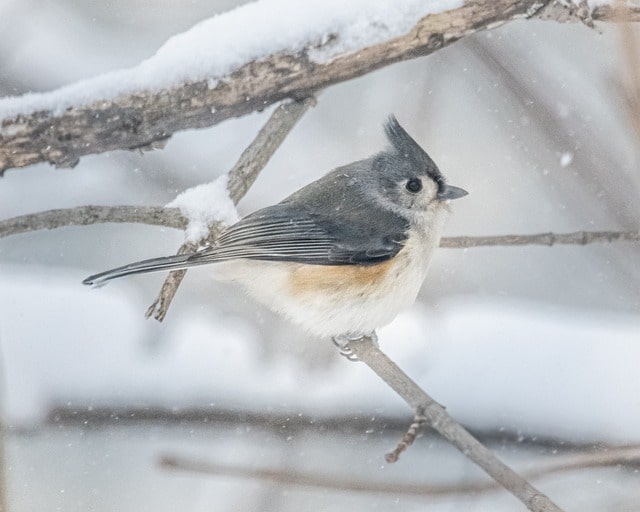
Tufted Titmouse in Winter
1. Migration Spectacles:
Fall and winter bring about the awe-inspiring phenomenon of bird migration.
Witnessing flocks of birds as they embark on their long journeys is a sight to behold.
From the iconic V-shaped formations of geese to the swirling murmurations of starlings, these seasonal movements offer a chance to observe a diverse range of species.
It's a remarkable opportunity to witness the incredible feats of endurance and navigation that birds undertake during their migrations.
2. Winter Visitors:
Many bird species that breed in the Arctic or northern regions migrate south during the colder months.
This presents an opportunity to spot rare and unusual birds that are not typically seen in your area during other times of the year.
From the majestic Snowy Owl to the colorful Harlequin Duck, these winter visitors add excitement and variety to your birding adventures.
Keep an eye out for these special guests and enjoy the thrill of encountering species that are not commonly found in your region.
3. Unique Plumage:
During fall and winter, some bird species undergo a change in plumage, showcasing stunning colors and patterns.
This provides bird watchers with a chance to observe distinct and captivating appearances that are not seen during the summer months.
For example, the male American Goldfinch transitions from its bright yellow breeding plumage to a more subdued olive-brown coloration in winter.
Similarly, the Northern Cardinal's vibrant red feathers stand out against the snowy backdrop.
These seasonal transformations offer a visual treat and an opportunity to appreciate the beauty of nature's wardrobe changes.
4. Peaceful Surroundings:
With fewer people venturing outdoors during the colder seasons, bird watching can offer a serene and tranquil experience.
Enjoy the solitude and immerse yourself in the beauty of nature without the usual crowds.
The peacefulness of the surroundings allows you to connect more deeply with the natural world and provides a sense of calm and rejuvenation.
Take advantage of this quieter time to observe birds in their natural habitats and appreciate the stillness and serenity that fall and winter bring.
5. Easier Spotting:
As leaves fall from trees and vegetation thins out, it becomes easier to spot birds perched on branches or foraging on the ground.
The reduced foliage provides better visibility, making it an ideal time for bird watching.
Without the dense foliage obstructing your view, you can more easily locate and identify birds.
This increased visibility allows you to appreciate their intricate details, observe their behaviors, and capture clearer sightings through your binoculars or camera lens.
6. Feeder Activity:
Fall and winter are the perfect seasons to attract birds to your types of backyard feeders.
By providing food and water sources, you can observe a variety of species up close and personal, even from the comfort of your own home.
Set up bird feeders with a variety of seeds, suet, or nectar to entice different bird species.
Watch as they flock to your feeders, bringing life and color to your winter landscape.
It's a delightful way to enjoy bird watching without venturing too far from the warmth and comfort of your own space.
7. Bird Behavior:
During the colder months, birds engage in unique behaviors such as flocking together for warmth and protection.
Observing their social interactions and survival strategies can be fascinating and educational.
Many bird species form large flocks during fall and winter, providing safety in numbers and increasing their chances of finding food.
Witnessing their synchronized movements, coordinated flights, and intricate communication within these flocks is a captivating experience.
offers insights into their remarkable adaptations and the strategies they employ to navigate the challenges of the changing seasons.
8. Winter Birding Challenges:
Bird watching in fall and winter presents its own set of challenges, such as identifying birds in their non-breeding plumage or tracking down elusive winter residents.
These challenges can enhance your birding skills and provide a sense of accomplishment.
As birds transition into their winter plumage, their colors and patterns may differ significantly from their breeding appearances.
This requires a keen eye and attention to detail to correctly identify them.
Additionally, some bird species are more elusive during the colder months, making it a thrilling pursuit to locate and observe them in their winter habitats.
9. Photography Opportunities:
The soft lighting and contrasting backgrounds of fall and winter can create stunning photographic opportunities.
Capture the beauty of birds against snow-covered landscapes or vibrant autumn foliage.
The unique lighting conditions during these seasons can add a magical touch to your bird photography.
Experiment with different angles, compositions, and settings to capture the essence of these avian wonders.
The resulting images can serve as lasting memories and inspire others to appreciate the beauty of birds and the natural world.
10. Rare Sightings:
Winter birding occasionally brings unexpected surprises, such as the appearance of rare or vagrant species that have strayed from their usual migratory routes.
These sightings can be thrilling and add excitement to your birding adventures.
Keep an eye on local birding reports and stay connected with the birding community to be alerted to any rare bird sightings in your area.
The chance to observe a bird that is rarely seen in your region can be a once-in-a-lifetime opportunity and a highlight of your bird watching experiences.
11. Winter Birding Festivals:
Many regions host birding festivals during the colder months, offering guided tours, workshops, and lectures by experts.
These events provide a chance to connect with fellow bird enthusiasts and learn from experienced birders.
Winter birding festivals often focus on specific species or habitats, providing a deeper understanding of the birds that thrive during this time of year.
Participating in these festivals allows you to expand your knowledge, meet like-minded individuals, and share your passion for birds with others.
12. Appreciating Local Species:
While some birds migrate, many species remain in your area throughout the year.
Fall and winter bird watching allows you to develop a deeper appreciation for the local avian residents and their ability to adapt to changing seasons.
By observing their behaviors, feeding patterns, and interactions, you can gain a greater understanding of birds resilience and survival strategies.
Take the time to learn about the unique characteristics and adaptations of the birds that call your region home, and develop a sense of connection and stewardship towards them.
13. Tracking Citizen Science Projects:
Engaging in bird watching during fall and winter provides an opportunity to contribute to citizen science projects.
By recording your observations and participating in bird counts, you can contribute valuable data to ongoing research efforts.
Citizen science initiatives, such as the Christmas Bird Count or Project FeederWatch, rely on the collective efforts of bird watchers to monitor bird populations and track their distribution.
Your contributions can help scientists and conservationists better understand the status and trends of bird populations, leading to informed conservation actions.
14. Nature's Resilience:
Observing birds during the colder months reminds us of the resilience and adaptability of nature.
Witnessing how birds survive and thrive in challenging conditions can be inspiring and instill a sense of wonder.
From puffing up their feathers to create insulating layers to finding innovative ways to locate food sources, birds demonstrate remarkable resilience in the face of adversity.
Their ability to navigate changing environments and find sustenance serves as a reminder of the strength and adaptability of the natural world.
15. Mental and Physical Well-being:
Bird watching has numerous benefits for mental and physical well-being.
Spending time in nature, observing birds, and engaging in a mindful activity can reduce stress, improve focus, and promote a sense of connection with the natural world.
The act of bird watching encourages mindfulness and being present in the moment, allowing you to temporarily escape the pressures of daily life.
The fresh air, exercise, and exposure to natural light during your birding outings also contribute to improved physical health and overall well-being.
So There You Go
15 solid reasons to get out and enjoy birding at this time of year. Fall and winter offers a different but equally rewarding experience.
So, grab your binoculars, bundle up, and embark on a journey to discover the wonders of bird life during this winter season. Happy birding!
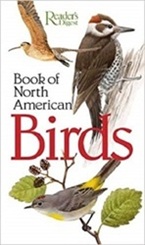
|
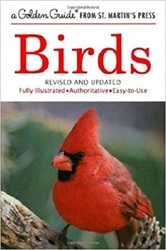
|
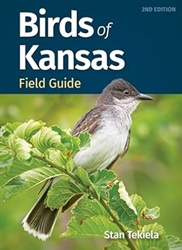
|
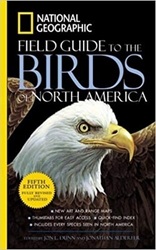
|
| Readers Digest Guide | Golden Guide | Your State Only | Nat-Geo Guide |





